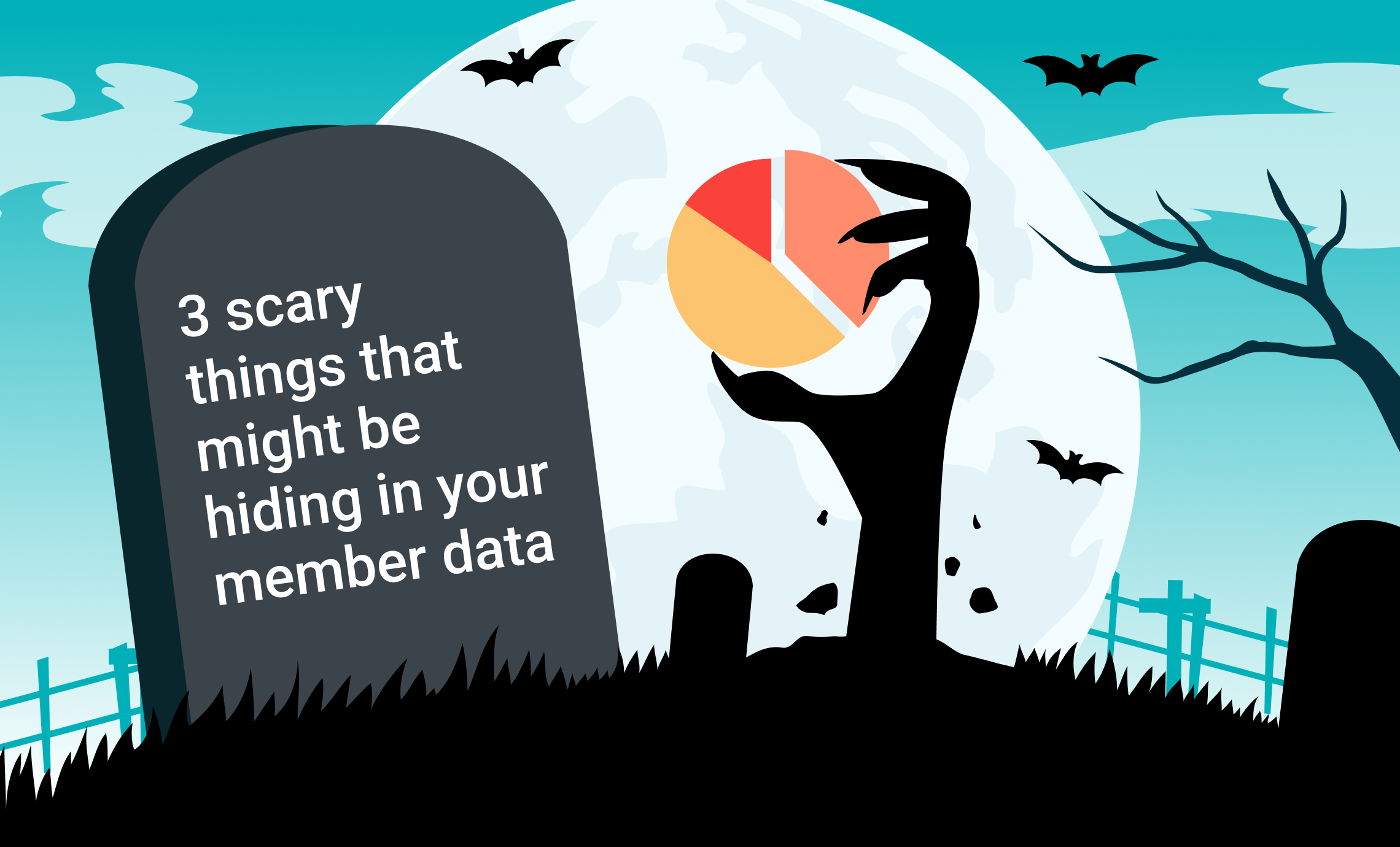In case you missed it, we recently released a new set of tools to support those in the process of finding a new association management system by providing a foundation for one of the most painful parts of the vendor selection process: creating the RFP (you can check out the RFP Toolkit now on our website!). An RFP, also known as a Request for Proposal, is a structured document or set of documents an organization distributes to potential vendors to collect the information it needs to make an informed decision for obtaining a specific good or service. In the case of association management systems (AMS), associations often use RFPs to weed through the capabilities of several system providers by providing them with a definitive list of needs to be met by a new software. And although the RFP process can be a difficult and lengthy one, there are several benefits of creating formal documentation to aid you in your process.
Weigh the competition
If this isn’t the most obvious reason to create an RFP, I’m not sure what is. With technology on the rise over the last decade or so, more and more solutions covering an array of necessities are becoming widely available and utilized by associations. From content marketing systems to non profit CRM software to email marketing platforms to member management software and much more, AMS systems surely fit in the category of—and encompass—the most sought-after software in the industry. As an assocation software provider, we constantly experience growing competition as software companies adapt to changing industry needs and upward trends, such as web-based or SaaS solutions, or attempt to cater to the needs of companies outside of their concentration.
Collecting proposal responses to your RFP can help show you what each AMS company has to offer and where their focus lies. Especially if you get into the nitty-gritty detail of what your association is looking for (this is where an RFP Matrix comes in handy), RFPs can serve as a great first step to eliminating those vendors that don’t quite meet the mark.
Understand everything that’s out there
Well, maybe not everything. But you’ll usually get to evaluate everything that’s worth pursuing. “Writing a good proposal can take an inordinate amount of time, and when time = money, proposals can be expensive propositions,” says David Kutcher in a post for Confluentforms titledNot all Requests for Proposals are worth a proposal. That being said, AMS vendors will only—or should only—take the time to respond to RFPs that seem worth their while. This means more qualified responses for you in return. Rather than spending your time researching dozens of AMS companies to conduct countless meetings and demos of various products right off the bat, let the vendors do the work. They’ll essentially weed themselves out by deciding if it’s sensible or not to submit a proposal to your RFP.
Evaluate how realistic your needs—and wants—are
Soon after you distribute your RFP, the proposals will come pouring in! And hopefully, if your priorities are straightforward and representative of your association, you’ll find at least a few vendors that could be viable options to consider. Once you get a chance to review the proposals that you receive, you can use your best judgement to determine what AMS systems can really offer, and what “needs” might have to be scaled back due to complex configurations or unrealistic demands. On the other hand, this process should show you how your wants and needs relate to the popular needs of other associations.
Keep you organized and on track
In just creating an RFP, you’re already letting vendors know that you are committed to carrying out an organized AMS process in a timely fashion. These days, who isn’t though? In your RFP document, you’ll denote a proposed timeline of events as well as deadlines for reaching certain metrics throughout your process (see the sample RFP Template for an example). Not only will this give vendors an idea of your expectations when it comes to selecting, implementing, and launching a new AMS, but it will keep you accountable for meeting those deadlines, too. Without an RFP, and without a specific timeline laid out in front of you, it is easy to lose track of progress and development due to the large size and complexity of this project.
These are just a few reasons why distributing an RFP can be helpful to you when evaluating new AMS solutions. To start your own RFP process, check out our RFP Toolkit available now on Aptify.com.



